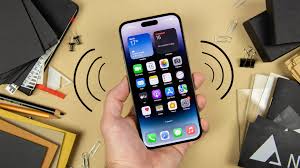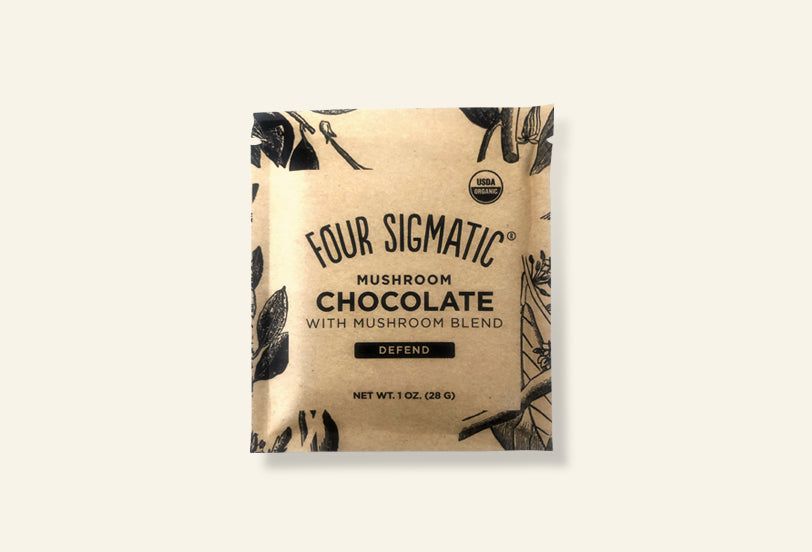You may not realize that the haptic technology on your iPhone goes beyond simple vibrations. Have you ever wondered how your device can simulate different textures and sensations through touch?
The intricate mechanisms behind haptic feedback are fascinating and play a crucial role in enhancing user interaction with smartphones.
As you navigate through the world of haptic touch applications and discover the future trends in iPhone haptic development, you’ll gain a deeper appreciation for the immersive experiences that technology can offer.
The Evolution of Haptic Technology
If you’ve ever wondered how haptic technology has transformed over the years, you’re in for an enlightening journey. Haptic technology, which simulates the sense of touch through vibrations and motions, has seen remarkable advancements since its inception. Initially, haptic feedback was limited to simple vibrations for notifications on devices like early smartphones. However, as technology progressed, so did the capabilities of haptic feedback.
One significant milestone in the evolution of haptic technology was the introduction of more sophisticated actuators. These actuators allowed for a wider range of vibrations, enabling users to experience different types of tactile feedback. As a result, interactions with devices became more immersive and engaging. Additionally, advancements in materials and engineering techniques have led to more precise and realistic haptic feedback experiences.
Moreover, the integration of haptic technology with other sensory inputs, such as audio and visual cues, has further enhanced the overall user experience. This integration has enabled haptic feedback to provide more contextually relevant information, making interactions with devices more intuitive and natural. As haptic technology continues to evolve, we can expect even more innovative applications and immersive experiences in the future.
Understanding Haptic Feedback Mechanisms
The advancement of haptic technology has paved the way for a deeper understanding of haptic feedback mechanisms. When you interact with your iPhone, the haptic feedback you experience is a result of precise vibrations created by a small motor within the device. These vibrations are carefully calibrated to simulate the sensation of pressing physical buttons or interacting with different textures on the screen. As you touch the screen, the haptic feedback mechanism responds in real-time, providing you with tactile confirmation of your actions.
The haptic feedback mechanism operates by using intricate algorithms to determine the intensity, duration, and pattern of vibrations based on the specific interaction taking place. This enables you to feel a sense of connection with your device, enhancing the overall user experience. By understanding how haptic feedback mechanisms work, you can appreciate the level of detail and engineering involved in creating a more immersive and engaging touch experience on your iPhone.
Exploring Haptic Touch Applications
Discover how haptic touch applications revolutionize your iPhone experience, elevating your interactions to a whole new level of sensory engagement. With haptic touch, you can feel subtle vibrations that mimic the sensation of pressing physical buttons, providing tactile feedback that enhances your digital interactions. One prominent application of haptic touch is in gaming, where the feedback can simulate the recoil of a gun or the impact of a collision, immersing you further into the gaming experience.
Beyond gaming, haptic touch is also utilized in productivity apps to provide confirmation for actions like sending an email or deleting a file. This tactile feedback reassures you that your commands have been executed, adding a sense of satisfaction to your interactions. Moreover, in messaging applications, haptic touch can differentiate between various types of notifications through distinct vibration patterns, allowing you to identify alerts without even looking at your phone.
In essence, haptic touch applications bring a new dimension to how you engage with your iPhone, making your digital interactions more intuitive and engaging through the power of touch.
Enhancing User Experience With Haptic Technology
Enhance your iPhone user experience through the innovative integration of haptic technology, elevating your interactions to a new level of sensory engagement. With haptic feedback, your device can now provide tactile responses to your actions, making interactions more intuitive and engaging.
Imagine feeling a gentle tap when typing on the keyboard or a subtle vibration when dragging and dropping items, adding a whole new dimension to how you interact with your iPhone.
This technology not only enhances user experience but also improves accessibility. Through haptic feedback, individuals with visual impairments can receive cues and notifications through touch, opening up new possibilities for a more inclusive user experience.
Moreover, the precision and customization of haptic feedback allow for a personalized touch experience tailored to your preferences.
Future Trends in Iphone Haptic Development
Embracing cutting-edge advancements, you can anticipate a wave of innovative developments in iPhone haptic technology on the horizon. One exciting future trend is the integration of advanced haptic feedback systems that provide even more nuanced tactile sensations. Imagine feeling the texture of different fabrics or the sensation of a virtual button depress under your fingertips. These advancements won’t only enhance user experiences but also open up new possibilities for interaction with digital content.
Another trend to watch for is the increased personalization of haptic feedback. Soon, you may be able to customize the intensity, duration, and type of haptic feedback for various notifications or interactions on your iPhone. This level of customization will allow you to tailor your device’s tactile responses to suit your preferences and needs accurately.
Moreover, the future of iPhone haptic development may involve the use of AI to optimize haptic feedback based on user behavior and preferences. By learning from how you interact with your device, AI algorithms could fine-tune haptic responses to provide a more intuitive and personalized touch experience. As these trends continue to evolve, the iPhone’s haptic technology is set to revolutionize the way we engage with our devices.
Conclusion
Overall, experiencing haptic technology on your iPhone adds a whole new dimension to interacting with your device. The evolution of haptic feedback mechanisms has led to a more immersive and engaging user experience.
With the wide range of applications that utilize haptic touch, users can feel more connected to their devices than ever before. As technology continues to advance, the future of haptic development on iPhones is sure to bring even more innovative and exciting enhancements.



